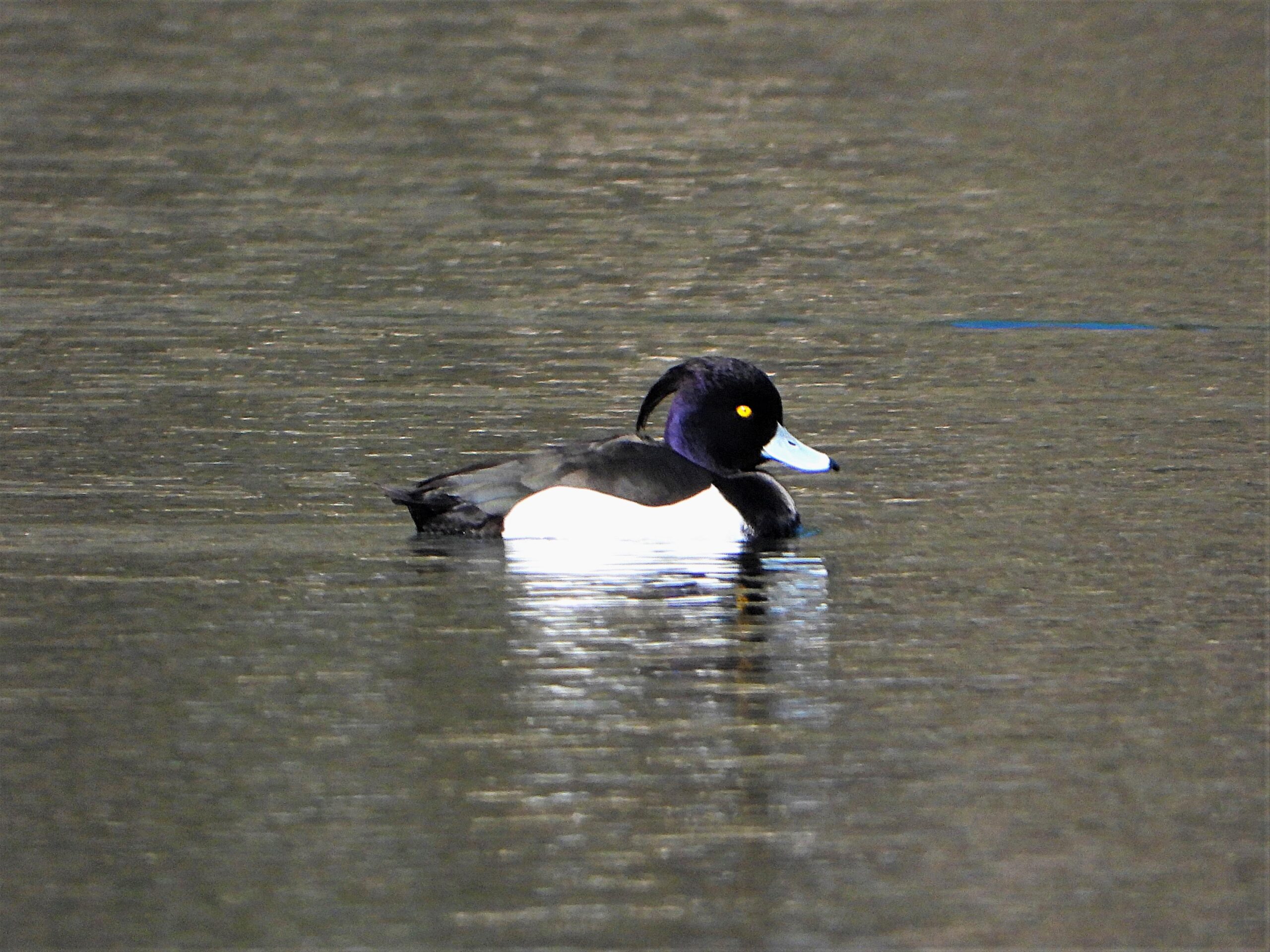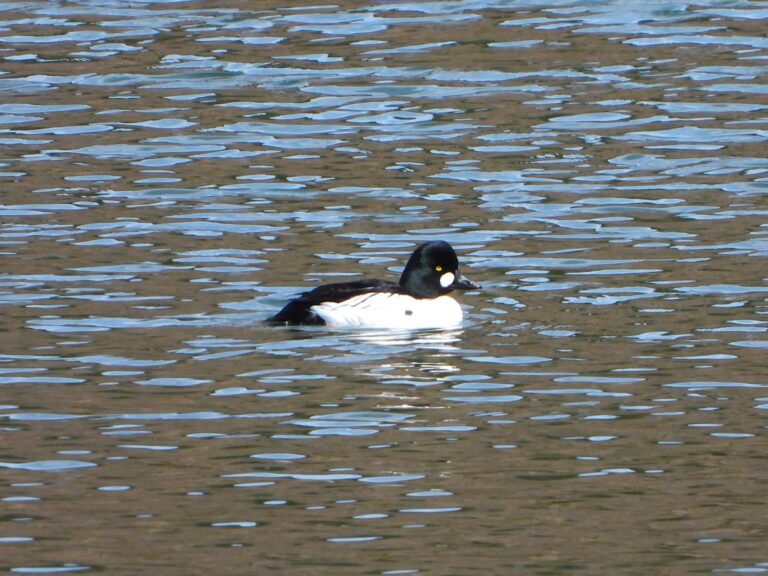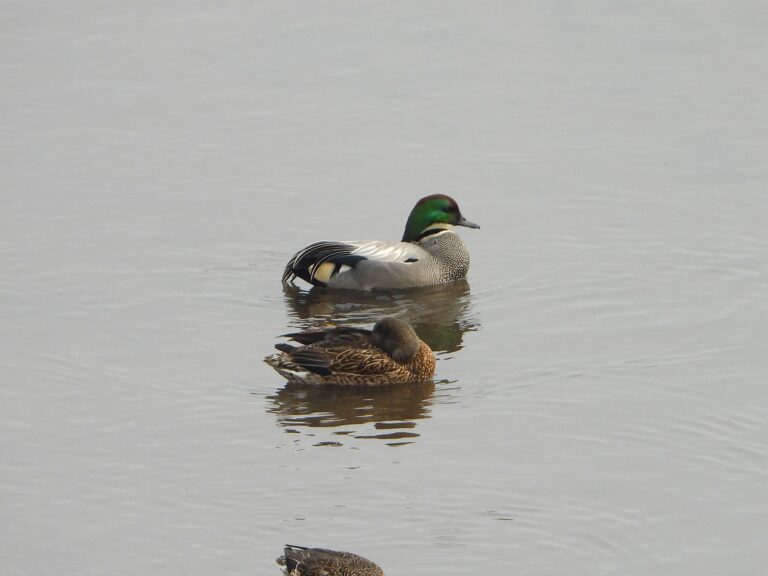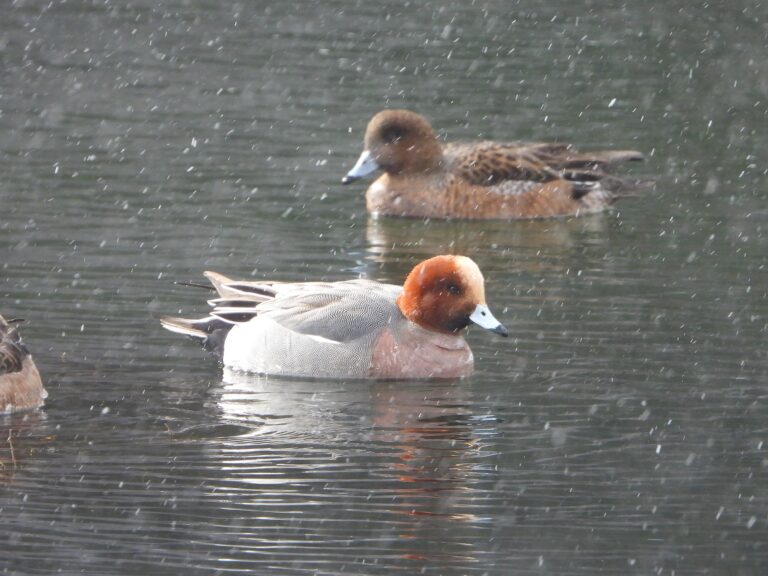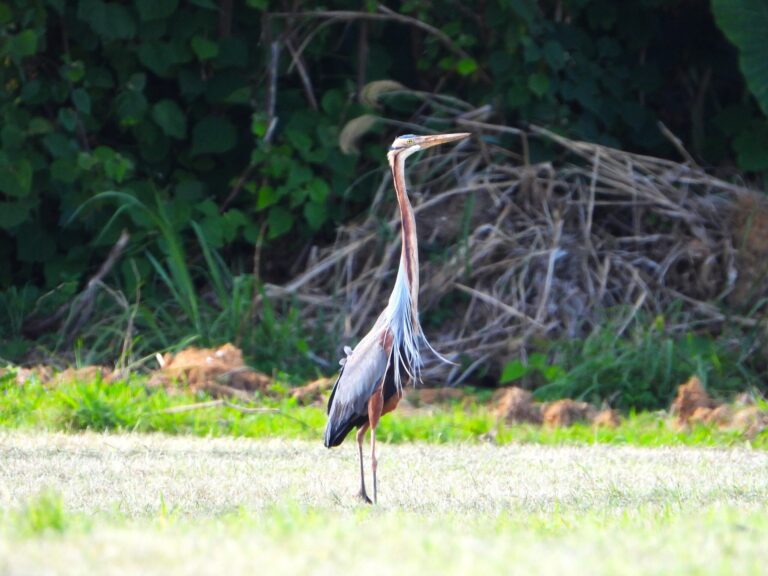Tufted Duck (Aythya fuligula) – Wildlife of Japan
Introduction
The Tufted Duck (Aythya fuligula) is a medium-sized diving duck that visits most parts of Japan during winter, with a small breeding population in eastern Hokkaido. Its contrasting black-and-white plumage and golden eyes make it a common yet elegant sight on Japan’s winter lakes and rivers.
Appearance
Males display glossy black plumage with white flanks and a distinctive crest. Females are brown with a shorter tuft and subdued contrast. Both have golden eyes and grayish bills, measuring about 40–44 cm in length.
Habitat & Distribution
The species breeds across northern Eurasia and winters in temperate regions. In Japan, it is a widespread winter visitor from Hokkaido to Kyushu, using lakes, ponds, and coastal lagoons. A few pairs breed in eastern Hokkaido’s wetlands.
Where to See in Japan
From November to March, large flocks gather on lakes, rivers, and park ponds nationwide—such as Lake Biwa, Ueno Park, or Osaka Castle Moat. In Hokkaido, both breeding and wintering birds can be seen.
Behavior
A skilled diver, the Tufted Duck submerges completely to feed and needs a short surface run to take off. It often forms mixed flocks with other diving ducks and spends much of the day diving for food or resting on open water.
Diet
It is opportunistically omnivorous: while molluscs such as mussels and clams often make up a major part of its diet, the Tufted Duck also feeds on crustaceans, aquatic insects, and various plant materials—including seeds, leaves, and roots of aquatic vegetation.
This flexible feeding habit allows it to thrive in both freshwater and coastal habitats across Japan.
(Sources: All About Birds; Animal Diversity Web; RSPB; Yamaguchi et al. 2008)
Reproduction
Breeding occurs from May to July. Nests are built near water, and the female lays 7–10 eggs, incubating for about 24 days. Breeding in Japan is confirmed mainly in eastern Hokkaido.
Conservation
The species is listed as Least Concern by the IUCN, though local declines are noted in some regions. Protecting clean, undisturbed wetlands is essential for maintaining stable populations.
Author’s Impression
Watching Tufted Ducks on a calm winter lake is always a quiet joy.
Their golden eyes shine gently as they dive and surface again, bringing a soft rhythm to the still water.
They truly feel like one of Japan’s most familiar and charming winter waterfowl.

